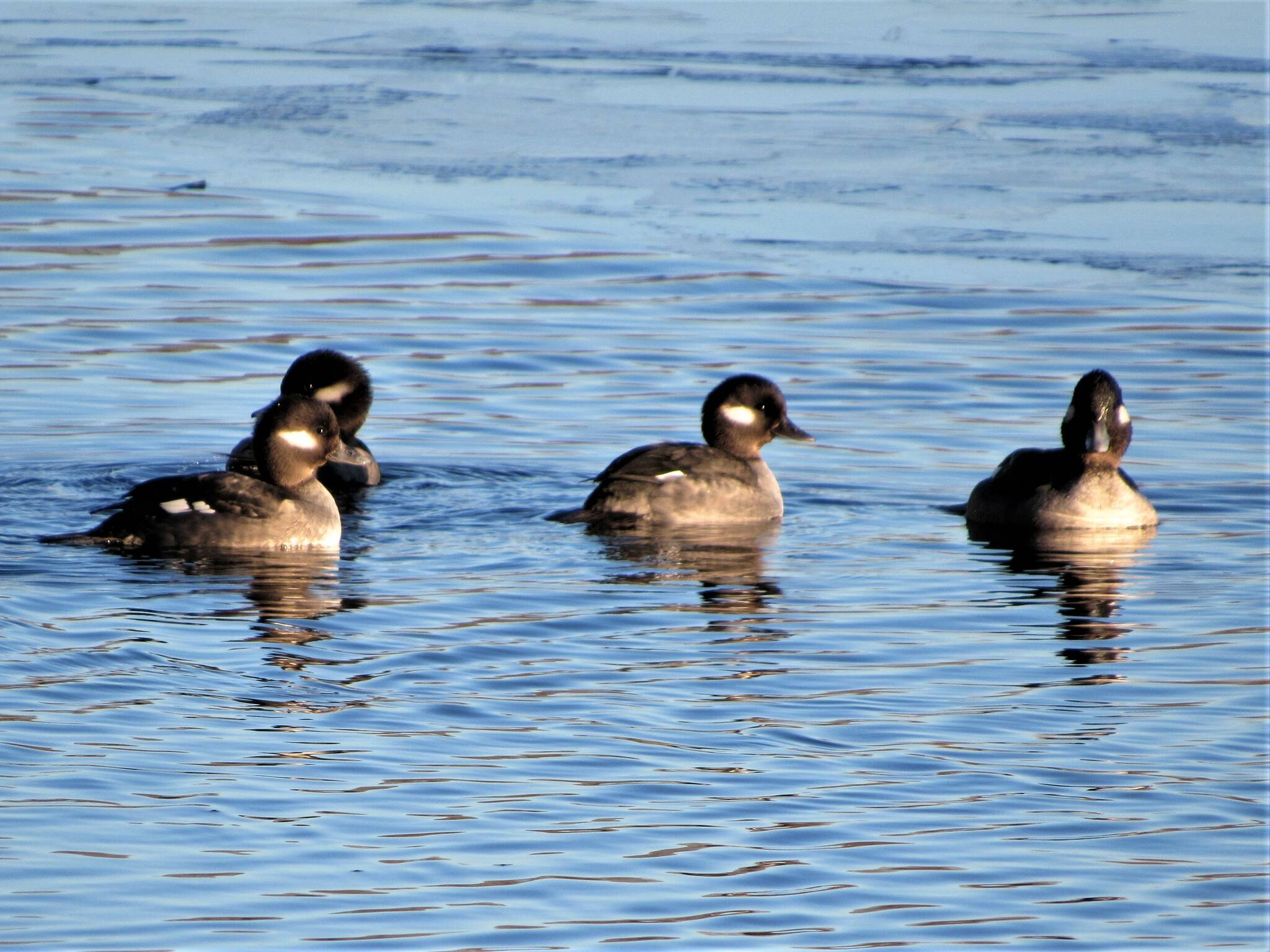by Russel Barsh
Kwiaht
A significant mortality event last week among Caspian Terns at Rat Island near Port Townsend raises concerns about a possible late summer outbreak of avian flu in our area. Dozens of terns died, according to state biologists and local-area press reports.
Rat Island is part of Fort Flagler State Park and is about 25 miles from both the Skagit Flats and smaller wetlands in the San Juan Island where migratory waterfowl and seabirds nest and feed in summer. Caspian terns are often seen in Fisherman Bay on Lopez Island, near Eastsound and in False Bay, San Juan Island, where they interact with other migratory birds and resident shore birds such as Great Blue Herons feeding on small fish in shallow waters.
If you encounter a dead duck, goose, swan, tern, “sea duck” or other sea- or shorebird along a San Juan County shoreline, please contact info@kwiaht.org with location details and include a photo if possible. Do not handle the dead bird, but if feasible, cover it with whatever is at hand to deter scavengers. The Washington Department of Fish and Wildlife has authorized Kwiaht to collect samples for testing, and dispose safely of bird carcasses.
In the event that you do come into contact with a dead tern or other sea- or shorebird, be sure to wash your hands thoroughly as soon as possible. Wash any clothing that may have come into contact with the carcass. Avian flu is highly contagious to domestic poultry, such as chickens or ducks, and can infect scavengers and bird predators such as eagles, hawks, vultures and owls as well as some mammals, although as yet human infections are extremely rare.
The current global outbreak of H5N1 avian flu has not affected songbirds, which are still nesting in our area. Fledglings are prone to accidents; if you find injured songbirds, please contact Wolf Hollow Wildlife Rehabilitation Center at 378-5000. Diseases of songbirds such as Salmonellosis are unrelated to avian flu, and are not transmitted between songbirds and waterfowl.




